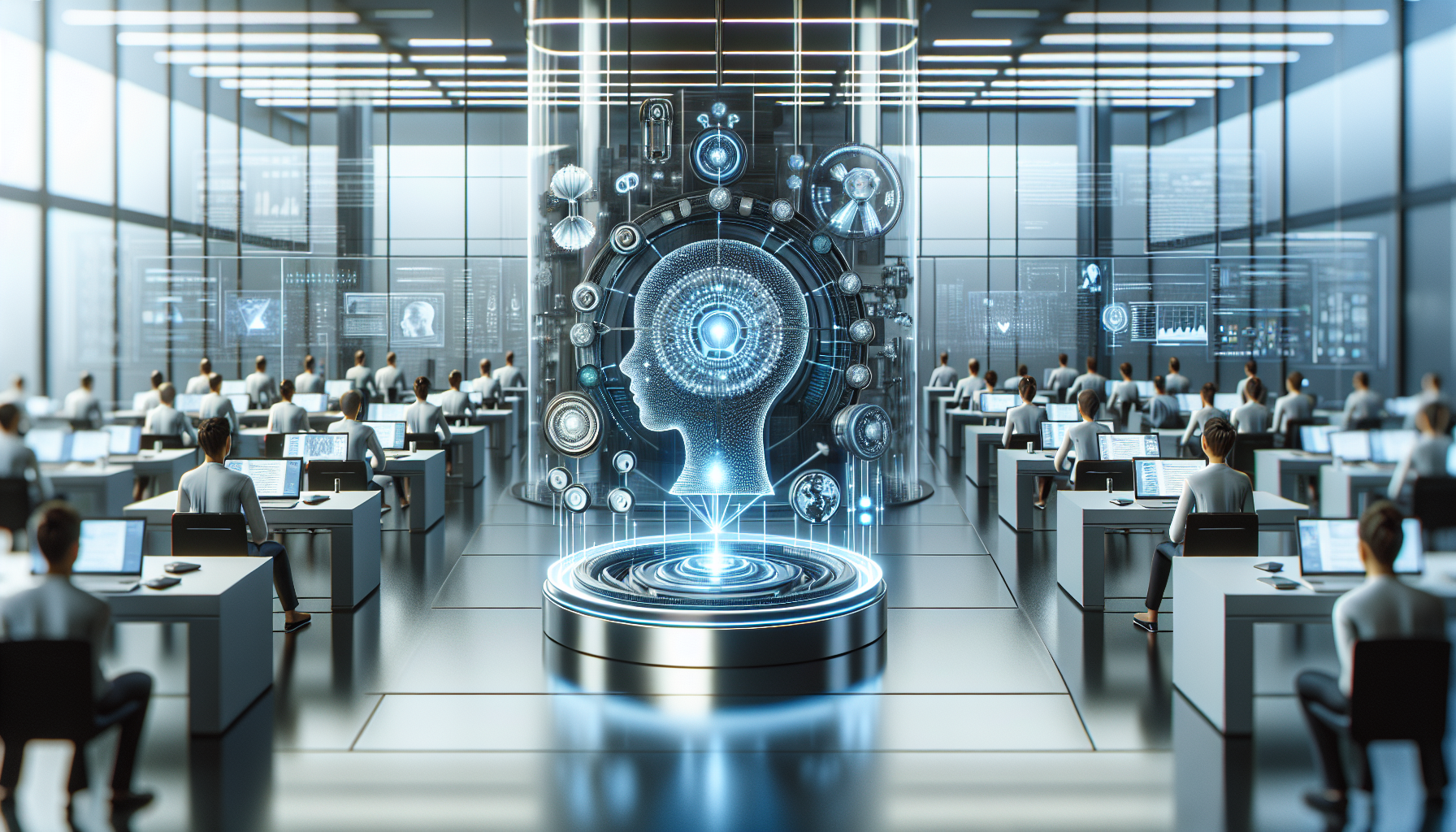
AI and Climate Change: Harnessing Technology's Power to Protect Our Planet
April 5, 2025
In a world where the consequences of climate change are becoming increasingly visible, the inspiring intersection of artificial intelligence and environmental stewardship offers a beacon of hope. While many solutions to climate change feel futuristic, AI is already playing a critical role in reshaping how we approach this global challenge, drawing from a rich history of technological innovation.
The story of AI's involvement in combating climate change is rooted in its capability to analyze massive datasets with remarkable precision. Long before AI entered the mainstream conversation, scientists and researchers relied on complex algorithms to model climate patterns, predict weather changes, and understand the Earth's intricate systems. These early efforts laid the groundwork for today's sophisticated AI applications, which are transforming environmental science and policy.
One of the most impressive applications of AI in addressing climate change is its ability to optimize energy consumption. From smart grids to predictive maintenance of renewable energy systems, AI is helping to enhance efficiency and reduce waste. By analyzing vast amounts of data, AI systems can predict energy demand with remarkable accuracy, allowing for more efficient distribution and consumption. This not only reduces greenhouse gas emissions but also cuts costs, making renewable energy sources more accessible and affordable globally.
Moreover, AI is revolutionizing agriculture, a sector both impacted by and contributing to climate change. Precision agriculture, powered by AI, has emerged as a groundbreaking approach to farming. By utilizing machine learning algorithms, drones, and sensors, farmers can monitor crop health, optimize water usage, and reduce fertilizer dependency. This not only boosts yields but also minimizes the environmental footprint of agriculture, mitigating its impact on global warming.
In the realm of conservation, AI is a powerful ally in preserving biodiversity. Machine learning algorithms can analyze satellite imagery to detect illegal logging, monitor wildlife populations, and track habitat changes. This real-time data is invaluable for conservationists, enabling them to respond swiftly to threats and implement strategies to protect endangered species and ecosystems.
AI's role in climate science extends beyond mere observation and prediction. It is also a catalyst for innovative solutions. For instance, AI-driven climate models are shedding light on the potential impacts of geoengineering—an area of research exploring ways to deliberately alter the Earth's climate system to counteract the effects of climate change. Although controversial, these models provide critical insights into potential risks and benefits, informing the global debate on how to responsibly explore such options.
The historical perspective of AI's contribution to climate change highlights a profound truth: technology and human ingenuity are inextricably linked. Throughout history, humanity has faced numerous challenges, and technological advancements have often been key to overcoming them. The current climate crisis is no exception. By leveraging AI, we have the opportunity to redefine our relationship with nature, moving towards a more sustainable and harmonious existence.
Yet, the journey is far from over. The integration of AI into climate solutions is not without its challenges. Issues of data privacy, ethical considerations, and the digital divide must be addressed to ensure equitable access to AI tools and technologies. Furthermore, the need for interdisciplinary collaboration is paramount; scientists, technologists, policymakers, and communities must work together to harness AI's full potential.
As we stand on the precipice of profound change, the question arises: how can we continue to innovate and collaborate to ensure a sustainable future for all? The answer lies in our collective ability to embrace technology not as a mere tool but as a partner in our quest to heal the planet. By fostering a culture of creativity, resilience, and shared responsibility, we can turn the tide of climate change and inspire future generations to do the same.
In this pivotal moment, AI offers not just solutions but also a source of inspiration. It serves as a reminder of what we can achieve when we unite human creativity with technological prowess. Let us seize this opportunity to craft a legacy of hope, resilience, and harmony with the natural world—a legacy that echoes the indomitable spirit of innovation that has defined our past and will continue to shape our future.


